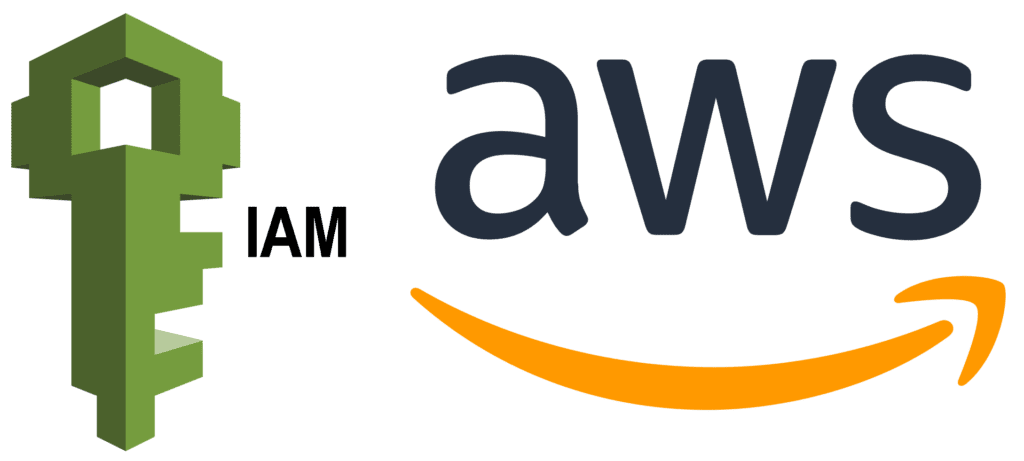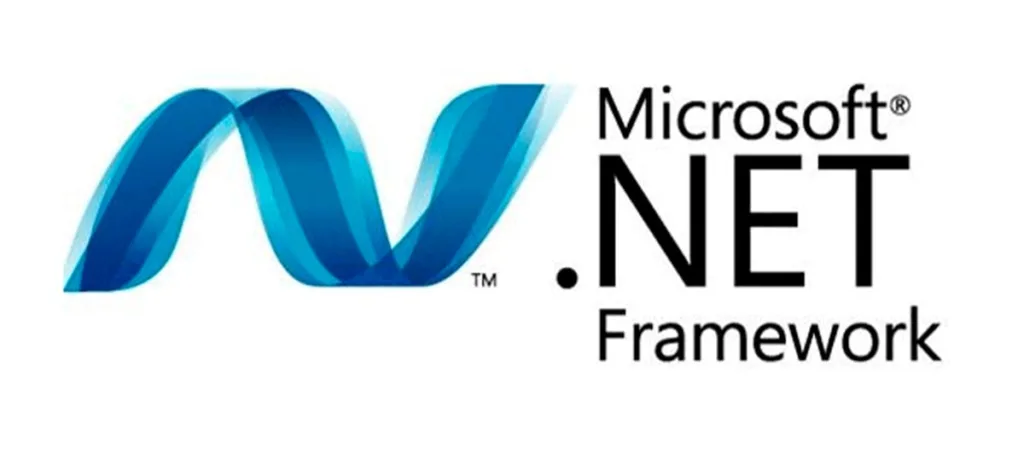Legacy Devices - Securing IOT & Legacy Devices
Legacy devices, while essential for many businesses, have historically been vulnerable points within an organization’s IT infrastructure. These devices, often running outdated software, are susceptible to a myriad of cybersecurity threats.
Why Secure Legacy Devices?
Legacy devices might lack the latest security patches or not be compatible with new ones. This makes them an attractive target for cybercriminals. By successfully exploiting these vulnerabilities, attackers can gain unauthorized access to sensitive data or disrupt business operations.
How we solve the problem
To give you a clearer picture, many legacy devices are susceptible to well-known vulnerabilities. Here are some Common Vulnerabilities and Exposures (CVEs) addressed by our technology.
CVE-2017-5715: Spectre Variant 2
Description: ‘Spectre’ is a vulnerability that exploits “speculative execution,” a process optimization technique in modern processors. Variant 2 (CVE-2017-5715) specifically targets branch target injection. It can allow attackers to read memory across trust boundaries and access information.
Impact: Given the fundamental nature of this vulnerability (tied to processor design), it affects a vast range of devices. An attacker could gain unauthorized access to sensitive information stored in the memory of other running programs.
How Next Level3’s JIT Access Helps: By enforcing rigorous authentication measures, unauthorized users won’t gain initial access to systems. Thus, even if they are aware of the Spectre vulnerability, without system access, their exploitation capabilities are severely hindered.
CVE-2018-0886: Remote Code Execution Vulnerability
Description: This vulnerability resides in the CredSSP protocol, which is used by Remote Desktop Protocol (RDP) and Windows Remote Management (WinRM). An attacker who successfully exploited this vulnerability could relay user credentials to execute code on the target system.
Impact: Legacy devices running susceptible versions of Windows could allow an attacker unauthorized remote code execution if they can intercept or initiate an RDP session. This could result in unauthorized access, data theft, or further lateral movement within a network.
How Next Level3’s JIT Access Helps: By implementing biometric MFA, even if an attacker tries to initiate an RDP session, they would need to bypass the additional authentication layer, rendering the attack attempt largely futile.
CVE-2020-0796: SMBv3 Remote Code Execution Vulnerability
Description: Known as ‘SMBGhost’, this vulnerability exists in the way that the Microsoft Server Message Block 3.1.1 (SMBv3) protocol handles certain requests. An attacker who successfully exploited the vulnerability could gain the ability to execute code on the target SMB server or client.
Impact: Since the SMB protocol is used for shared access to files, printers, serial ports, and other resources, an attacker could potentially compromise an entire system or spread malware across a network.
How Next Level3’s JIT Access Helps: Limiting access to legacy devices through advanced authentication ensures that even if the vulnerability is present, unauthorized individuals can’t exploit it, as they won’t gain the initial access required to take advantage of the vulnerability.
How to secure Legacy & IOT devices
Understanding these vulnerabilities highlights the necessity of securing legacy devices. With Next Level3’s JIT Access technology, you’re not merely patching a security gap; you’re elevating the entire security protocol of your legacy systems to meet modern-day threats. Ensure your devices are protected from known (and potentially unknown) threats with our cutting-edge solutions.
Automatic push attack aware protection without codes





Use your existing mobile or web FIDO2 supported devices





Why choose Next Level3?

JIT Access
Passwordless Identity seamlessly connected to your existing identity infrastructure.

JIT Policies
Redefine account control for your organization solving critical internal use cases.

JIT Approvals
Enable customized approvals for any application action preventing fraud and extending biometric protections into your application use cases.

